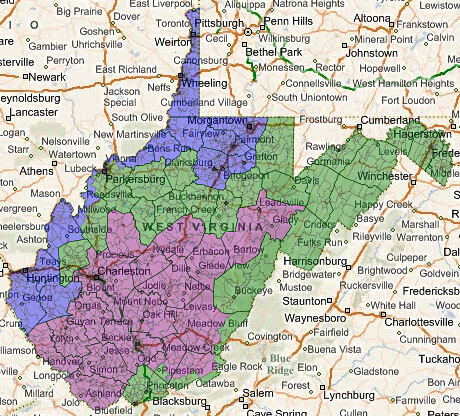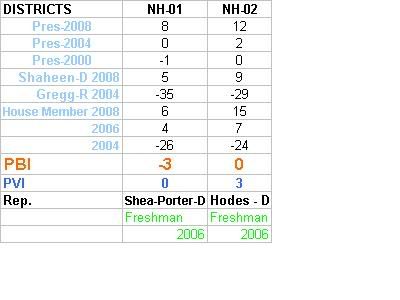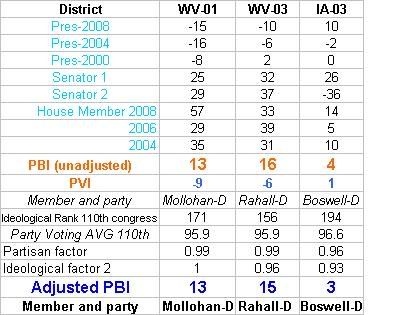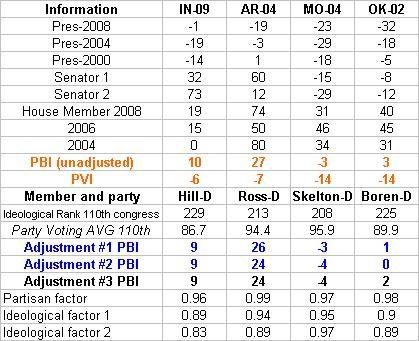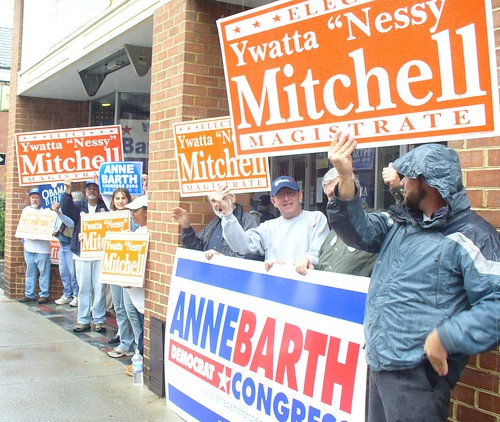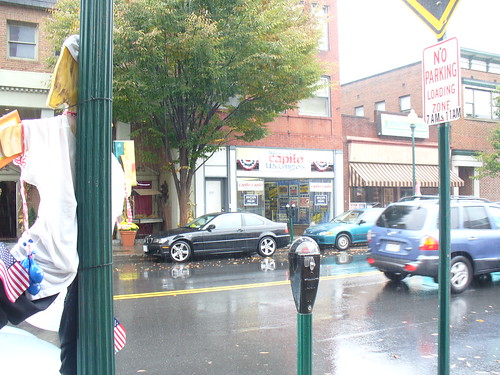Public Policy Polling (4/21-24, West Virginia voters, 1/20-23 in parentheses):
Earl Ray Tomblin (D-inc): 51 (49)
Betty Ireland (R): 29 (32)
Undecided: 20 (19)Earl Ray Tomblin (D-inc): 56
Bill Maloney (R): 23
Undecided: 21John Perdue (D): 37 (37)
Betty Ireland (R): 32 (37)
Undecided: 30 (26)John Perdue (D): 38
Bill Maloney (R): 26
Undecided: 36Natalie Tennant (D): 39 (43)
Betty Ireland (R): 33 (32)
Undecided: 28 (26)Natalie Tennant (D): 42
Bill Maloney (R): 29
Undecided: 30Rick Thompson (D): 38 (31)
Betty Ireland (R): 35 (37)
Undecided: 28 (32)Rick Thompson (D): 38
Bill Maloney (R): 28
Undecided: 34
(MoE: ±3.4%)
The West Virginia gubernatorial special election (which, remember, is being held on Oct. 4, not on Election Day in November) looks like it’s shaping up without much drama: to replace popular conservaDem Joe Manchin, who moved on to the Senate, it looks like fellow popular conservaDem (and Manchin ally) Earl Roy Tomblin has a strong inside track. Tomblin, whose name rec has improved significantly in the months since PPP’s previous (and only other poll) of the race, is now putting up very big margins against the Republican opposition.
Tomblin’s favorables are 49/24, including a plurality, 39/33, among Republicans, and his ‘not sures’ are down to 27%, from 39% in January. His endorsement this week from the NRA ought to only help solidify his standing among right-of-center voters. The other less-known Democratic options (SoS Natalie Tennant’s at 36/29, Treasurer John Perdue is at 27/27, and House speaker Rick Thompson is at 25/24) put up less convincing numbers, but thanks to high Democratic registration advantages, all also win, usually by comfortable margins. That’s a turnaround from January, where Perdue tied Ireland and Thompson lost; only Tennant finds herself in worse position than before. (Bill Maloney, a mining industry businessman without political experience, wasn’t polled by PPP in their January poll, so the trendlines are only partial.)
Public Policy Polling (4/21-24, West Virginia voters, no trendlines):
Earl Ray Tomblin (D-inc): 32
John Perdue (D): 17
Natalie Tennant (D): 16
Rick Thompson (D): 15
Jeff Kessler (D): 5
Arne Moltis (D): 1
Undecided: 14
(MoE: ±4.0%)
Betty Ireland (R): 31
Bill Maloney (R): 17
Clark Barnes (R): 8
Mitch Carmichael (R): 8
Mark Sorsaia (R): 4
Ralph William Clark (R): 2
Larry Faircloth (R): 2
Cliff Ellis (R): 1
Undecided: 28
(MoE: ±5.9%)
The more important story for now, though, is the primaries, which will take place on May 14 (a Saturday, three weeks away). Unlike with the generals, this is PPP’s first look at the primaries and assumedly will be their last; it’s also our only primary poll outside of candidates’ internals. Again, name rec carries the day: Tomblin has a sizable advantage. In fact, as Tom Jensen points out, despite the clutter in the Democratic field, Tomblin actually has a bigger lead there than does ex-SoS Betty Ireland on the GOP side (although watch out for that giant MoE in the GOP poll!). Maloney has set the pace on advertising on the GOP side, leaving Ireland playing catch-up. Maloney’s latest ad, in fact, plays his ace in the hole: his firm’s connections to the rescue of the Chilean miners earlier this year. (One other ad of note: John Perdue’s newest ad actually features a jingle! That’s such a throwback it’s almost a little charming.)
For more on where the Dem candidates fit on the left-right spectrum, check out this excellent primer. This poses an interesting question for Democratic armchair quarterbacks, in terms of who to pull for (which is probably just a question of rooting, as this race certainly isn’t much of a magnet for netroots dollars). Is it better to hope for the slam-dunk candidacy of Tomblin, or to go with a bit more of a roll-of-the-dice in the general to get someone, like Thompson or Tennant, who’s a bit more to the left?


